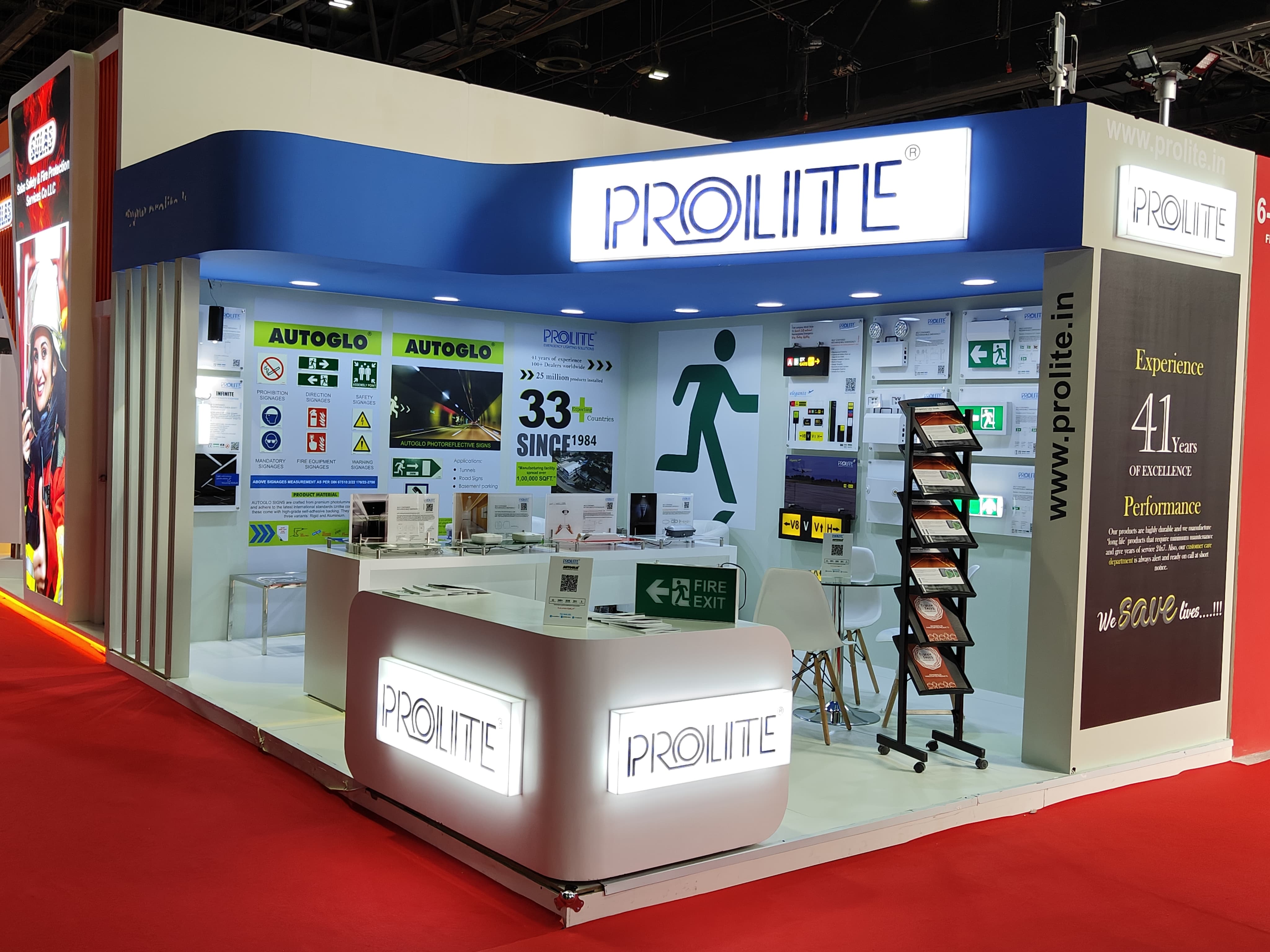Hospital exigency protocols- how to go about correcting systemic failures
By : Prolite Autoglo

Functioning hospitals are full of patients who are disabled or handicapped and their relatives and friends who may not know the layout of the Hospital. Therefore, special care needs to be taken to facilitate prompt exigency in case of fire, blackout or similar mishaps.
The need therefore would be twofold. Firstly, proper signages and emergency lighting need to be put in place at strategic locations offering easy and safe evacuation pointers and assistance. Secondly, staff need to be well trained and equipped to respond quickly and easily in emergencies.
Back in 2011, six board members of the AMRI hospital in Kolkata were arrested for culpable homicide after a fire which killed 89 people. 85 patients and four staff members succumbed. The board members including prominent industrialists SK Todi and RS Goenka - reported to also be the owners of the hospital - voluntarily surrendered at a local police station.
A Similar incident happened in a hospital at Bhubaneshwar which killed at least 19 patients and left several other patients in a critical condition. The deaths were caused due to asphyxiation. The fire broke out in ICU and dialysis ward of SUM Hospital-cum-medical college, which is an upscale hospital on the outskirts of Bhubaneswar.
In most cases, we find that the patients are the most vulnerable. Due to their disability and unfamiliarity with the topography of the hospital premises, they would require special assistance in exigency situations by way of clear and pointed photoluminescent signages and emergency lights in place to show them the way. But as we see, when famous and big hospitals have been found wanting in providing even basic support for emergency evacuations what can be said about smaller ones?
It would be surprising to note that the builders, architects, owners and promoters are usually not unaware of the basic requirements for emergency evacuation when the hospital is built or even after. Yet, cost considerations alone, are given importance and rules are flouted to save a few bucks. It is all the more strange given that emergency lighting, signages and basics to help safe evacuation hardly cost 1% of the average budget for construction or erection of a hospital. Sometimes, there is escalation in budget while constructing a hospital which itself can go up by 10% or even more depending on the time taken to get the hospital running. However, the authorities have no option but to cough up the amount in such cases.
In the light of the tragedies we have seen, it becomes important to flag the issue of hospital safety and security and endeavor to drill in the fact that non-compliance with these basics could also put the promoters or owners of hospitals in serious trouble with the possibility of jail time and hefty fines if such mishaps occur. The Kamala mills Fire has shocked the country and many are facing the music. Hospitals, hotels and other premises too are under the scanner and the law would not be as lenient in future as it has been in the past, and rightly so.






